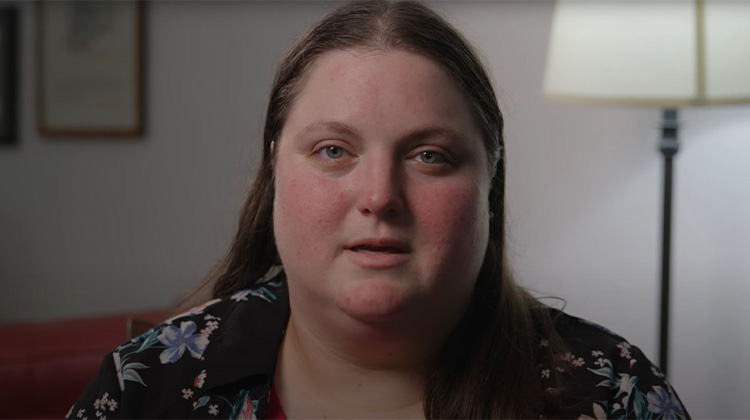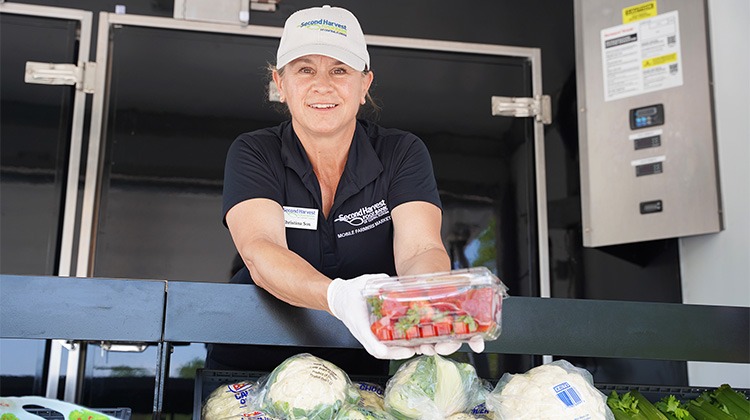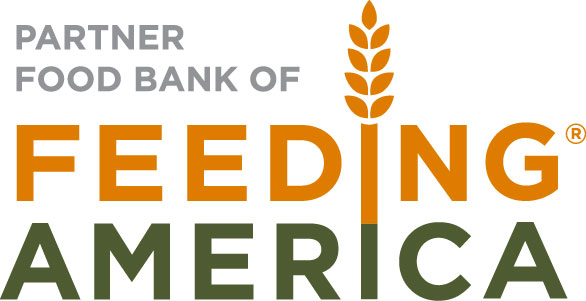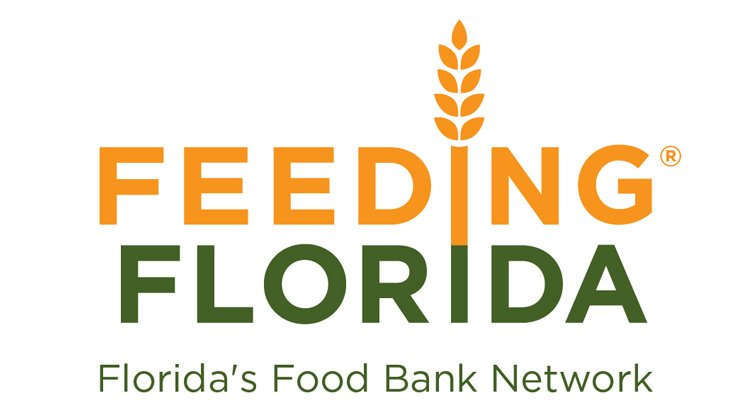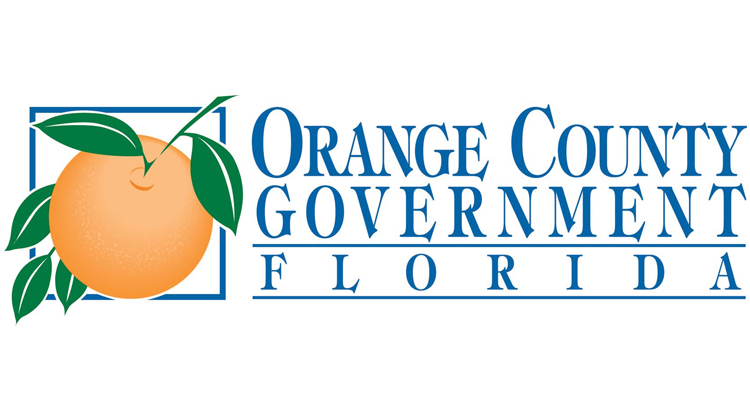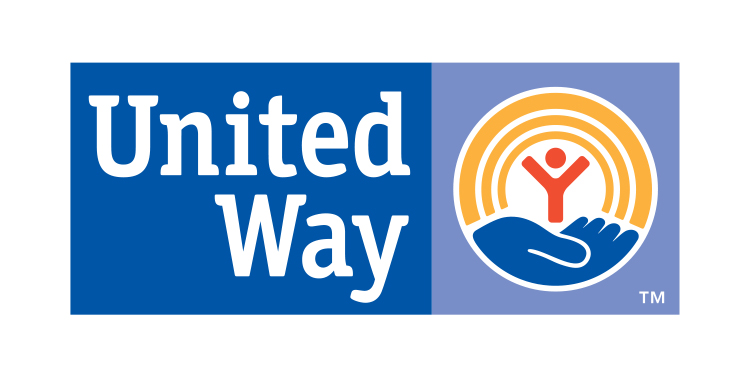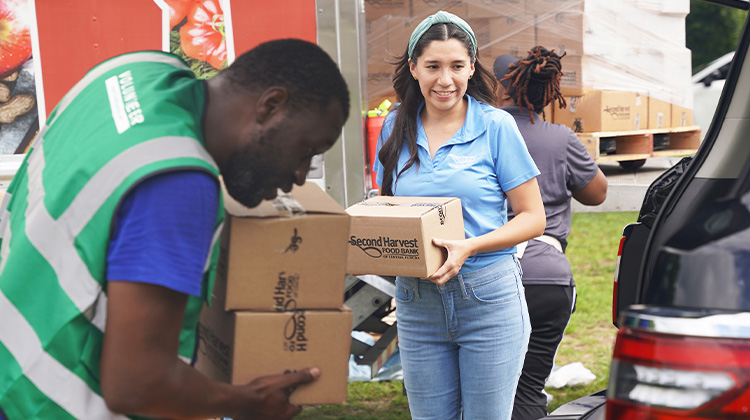
Summer BreakSpot sites serve up no-cost meals for kids and teens every weekday while school is out.
However, the traditional model of free meals for kids aged 18 and under that are served and eaten onsite twice a day doesn’t work for every family. Sometimes kids are at home instead of in a summer childcare program, or transportation to a feeding site twice a day is not manageable.
With one in six Central Florida kids facing hunger, Second Harvest Food Bank of Central Florida opted to participate in a rural non-congregate feeding pilot program this summer. The program utilizes mobile distributions to reach children without access to traditional sites.
Two sites in rural areas of Lake County, one in Mascotte and another in Stuckey, near the Lake-Sumter county line, distribute boxes filled with seven breakfasts and lunches per kid weekly.
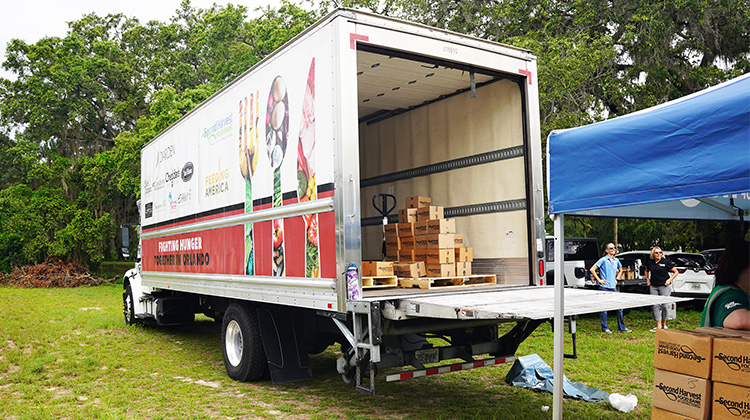
The boxes are packed at Second Harvest’s Mercy Kitchen and driven to the rural sites once a week.
The pilot program, made possible with a grant from No Kid Hungry and funding through the Florida Department of Agriculture, is providing much-needed hunger relief for hundreds of families this summer in a more accessible way. It also eases the financial burden of kids not receiving free or reduced-price lunches and breakfasts at school, providing stability to kids and parents.
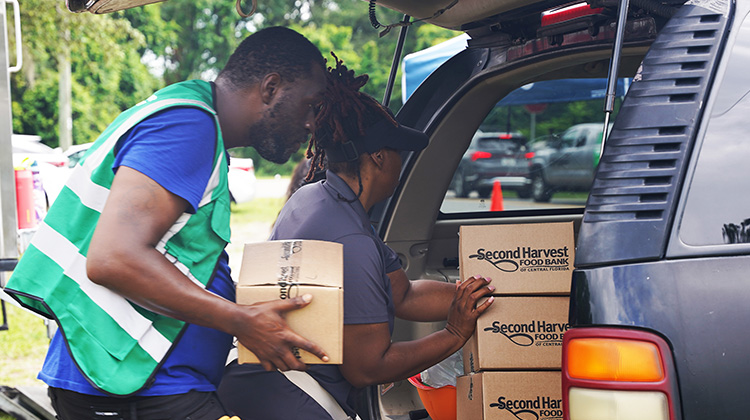
The weekly rural distributions in Stuckey are seeing increasing numbers every week, with the number of children served surpassing 200 from the beginning and creeping closer to 300 every week.
“Today alone, we served 239 children,” said Stuckey Community Improvement Group co-founder Shayla Mobley following a Monday distribution in July. “Our highest so far is 266, and we’re aiming to reach 301 children weekly. We’re getting closer to that goal with each distribution.”
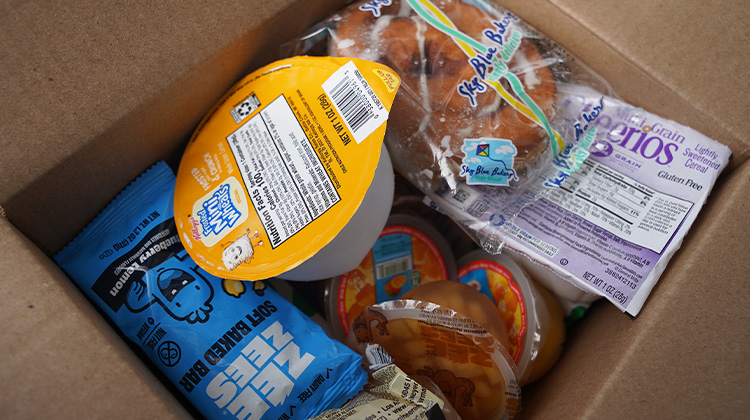
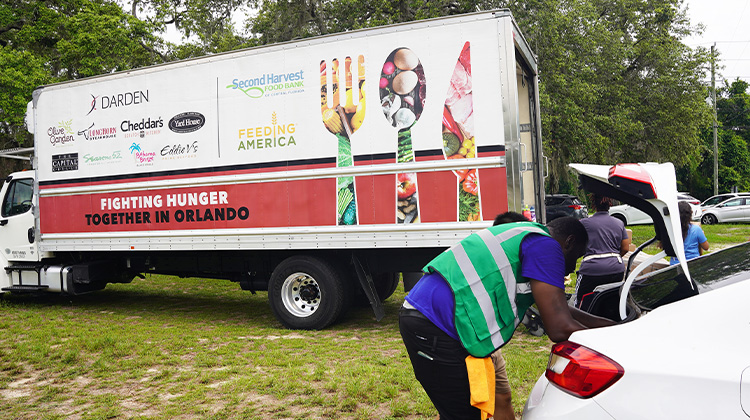
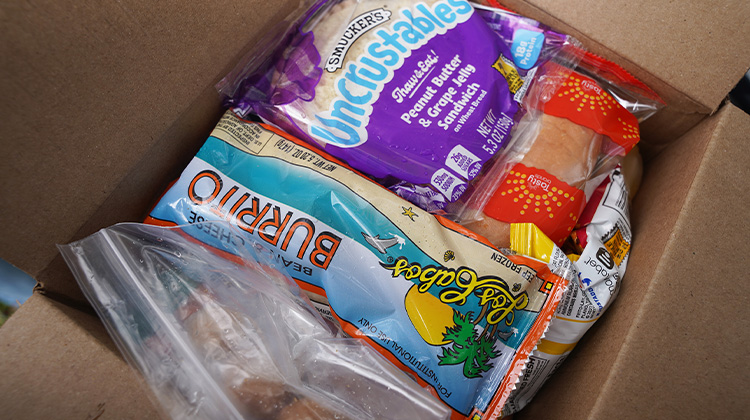
Every kid receives 14 meals weekly. A two-hour distribution that serves 266 kids means 3,724 meals go home with kids to enjoy.
Nancy Brumbaugh, Second Harvest’s chief food service officer, said the summer meal menus are designed with input from local kids and follow all USDA nutrition guidelines, with whole grains, low fat, and low sugar.
“It’s also what the kids like and will support them for a whole week and bridge that financial gap,” she said.
Nancy added that the rural sites are designed to be as efficient as possible and mindful of parents’ time.
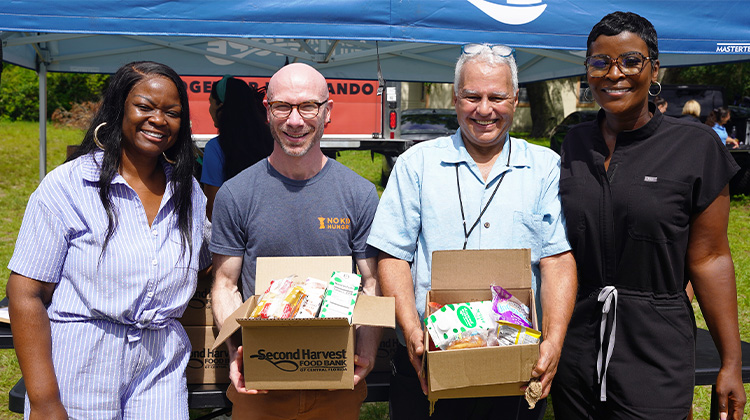
“They could be coming before work or on their lunch break,” she said. “Parents love the ease of which they can come in and don’t even have to get out of their cars.”
“Getting out every day is not going to happen,” said Shannon, a mom from Groveland with five children. “It’s hard to leave. I’m busy. I have a lot of stuff I’m going through right now. This is easier for me.”
Shannon drove to the rural summer mobile food distribution site in Stuckey, a small unincorporated area near Mascotte. She said having premade food for her two high-schoolers, two middle-schoolers, and one elementary-aged child to prepare for themselves took a lot of stress off her plate.
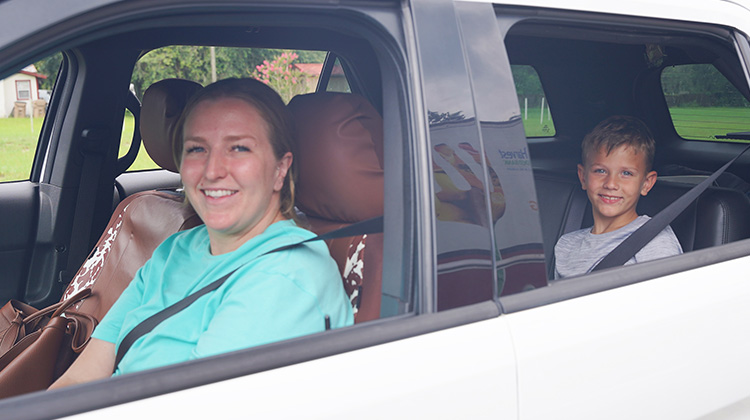
Jacqueline from Wildwood said taking her 2- and 7-year-olds to a sit-down lunch site is difficult and takes a lot of time. She stopped by the Stuckey site two weeks in a row on the way back from appointments in Clermont.
“This is really beneficial to the area because there are a lot of kids at home who can’t get to a site,” she said. “The food is super helpful. I have two boys, and they eat a lot, and it’s food they really like, like sandwiches and fruit cups.”
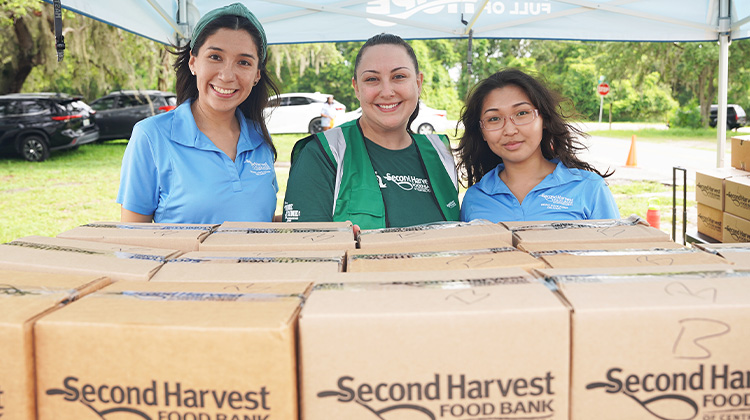
Shayla said the level of food insecurity is greater than she imagined, and summer food programs are a vital lifeline for many families.
“The feedback has been overwhelmingly positive,” Shayla said. “Families are grateful, not just for the food, but for the dignity and ease of the process.”
The entire community, from funders and partners to volunteers, can be proud of the positive impact of this unique solution in the fight against childhood hunger.



